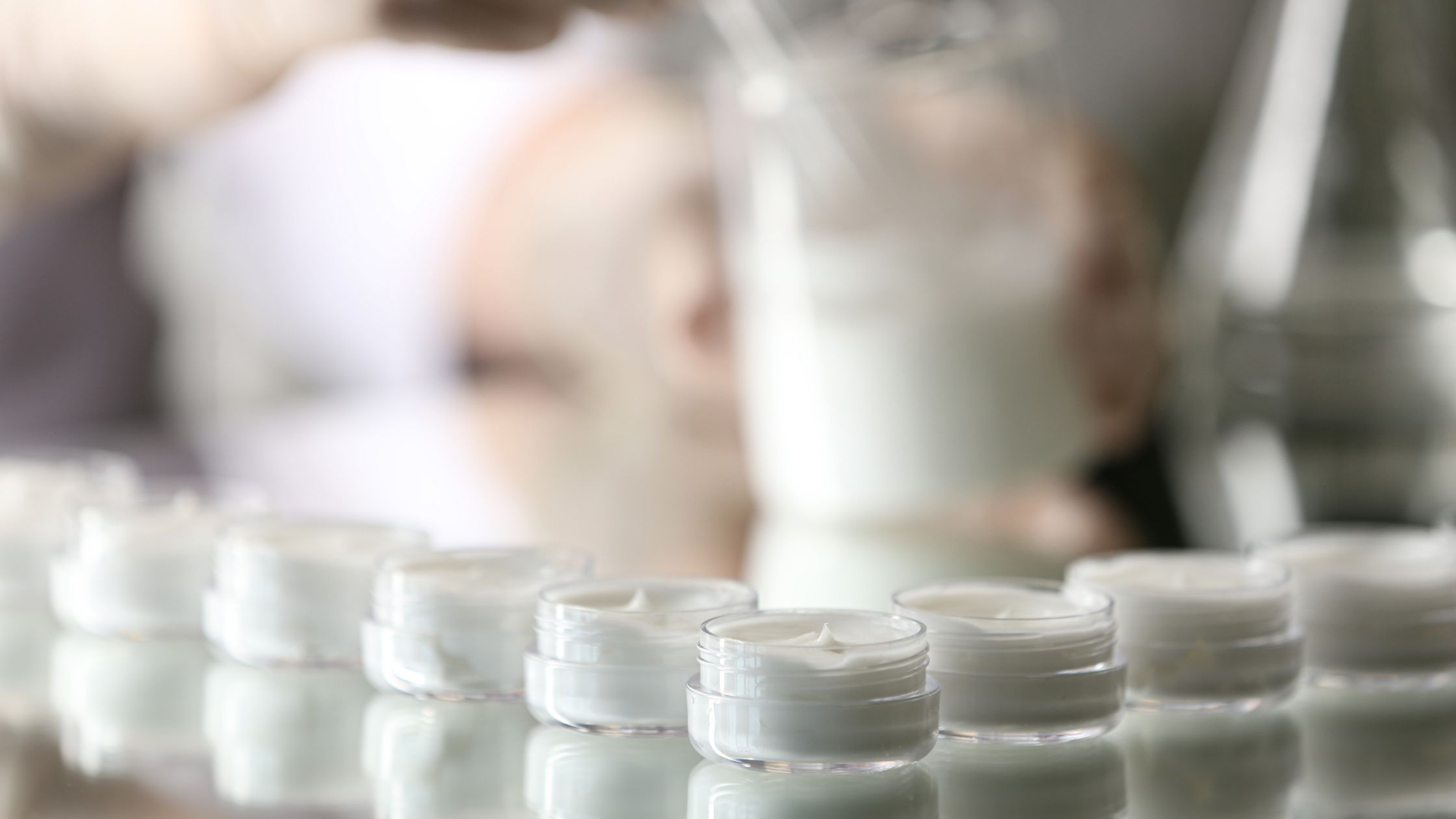Skin Creams: How Much Does It Cost To Make Them?
Skin creams are available in every price range – from cheap in the drugstore to sinfully expensive in the perfumery. You have probably already asked yourself what the difference is in production and whether the expensive product can really do so much more that it justifies the high price.
Manufacturers of skin creams usually keep the production of their products a big secret. In particular, when it comes to the true cost of a skincare product, they are reluctant to show their cards. How much do the ingredients actually cost and is it really worth spending a lot of money on them?
Let’s just take a moisturizer as an example. In short, it consists of water, fat, emulsifiers, preservatives and thickeners as well as fragrances and colorants. When it comes to texture, it is of course important to ensure that it feels good on the skin. The color should be cosmetically appealing. It is not for nothing that most skin creams have baby colors such as pink, soft blue or even white.
In general, we speak of either a water-in-oil (W/O) or oil-in-water (O/W) emulsion. The difference is that in an oil-in-water emulsion, the outer phase consists of water and the oil droplets are finely dispersed. As a good moisturizer, this type of cream is suitable for normal to slightly oily skin. Conversely, the water-in-oil emulsion works as a rather rich cream. In such skin creams, the outer phase consists of oil, which provides the skin with plenty of lipids and reduces the skin’s own water loss.
Large purchase quantity, lower basic price
But what is the “true” price of such skin creams? It is said behind closed doors that manufacturers can trim the base price for 50 ml below two euros. Of course, this only refers to the ingredients. Then there are additional costs such as research, product development, patenting, safety tests, packaging and finally transportation and marketing expenses. Studies and research into a new product or the ingredients also add to the costs.gen. Studien und Recherchen zu einem neuen Produkt oder den Inhaltsstoffen verteuern zusätzlich.
Larger companies can of course operate much more cost-effectively because they can purchase larger quantities of raw materials and packaging and transfer research costs to other care lines in their portfolio. They are then also able to keep the additional costs described above at a level of plus/minus six euros. What adds to the cost of a cream formulation are the expensive ingredients that are added.… weiterlesen

CultureAndCream Author from Munich
To travel during my profession as a beauty journalist was never enough for my. Also my six month on a world trip didn’t do it. It always attracts me to other cities, foreign countries, on roadtrips and places I don’t know yet. But I am not only interested in “culture” and “cream”, I am also fascinated by people who have stories to tell . Such unique experiences I want to share with you.
